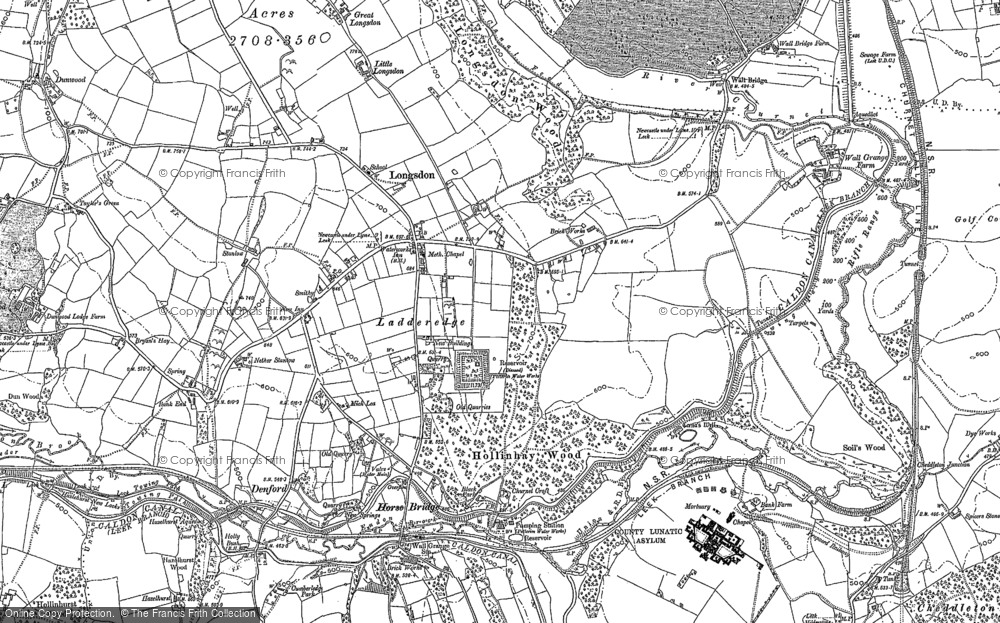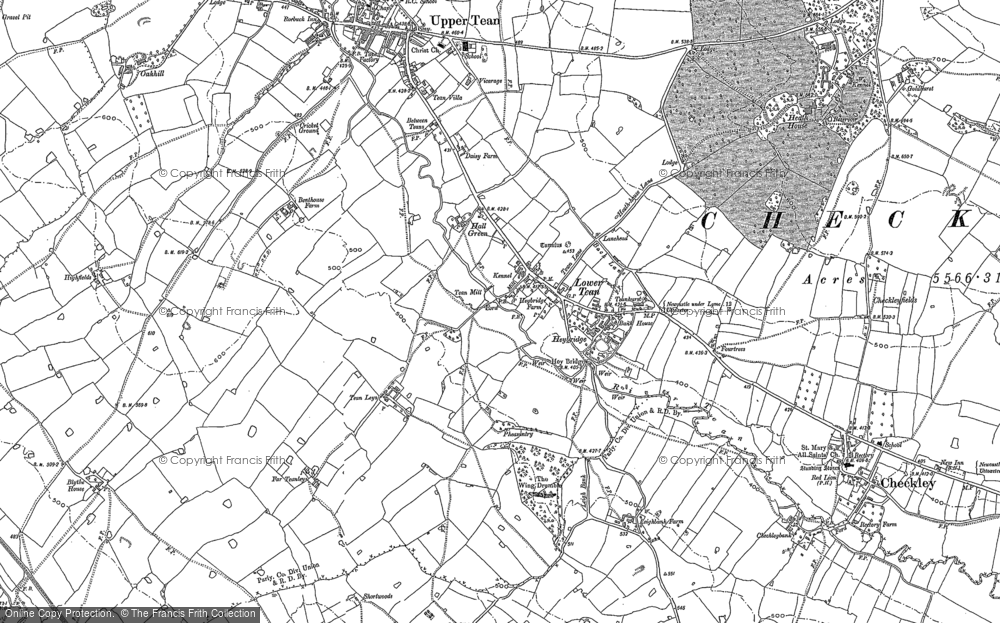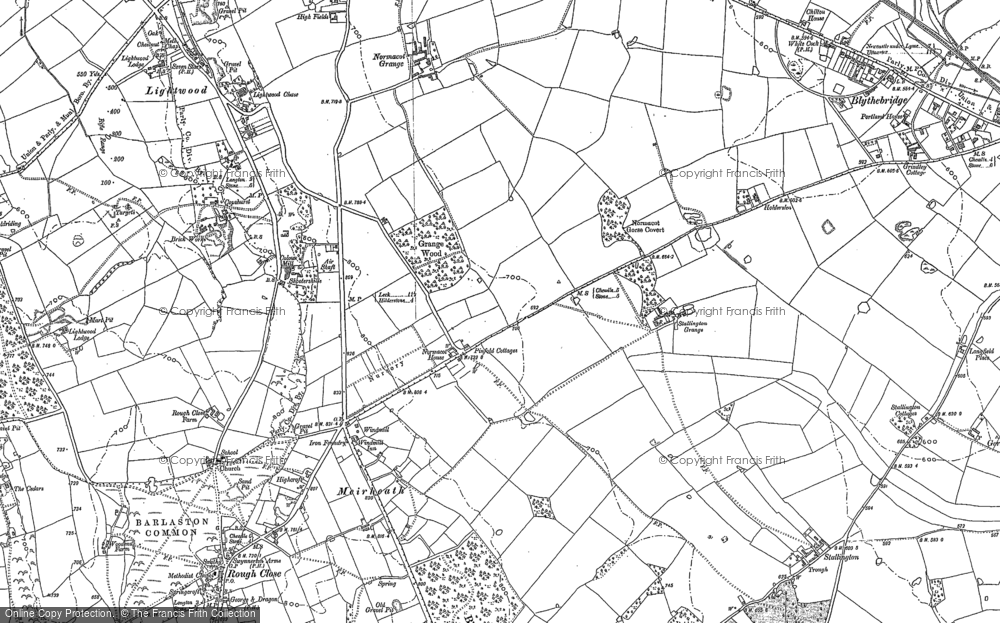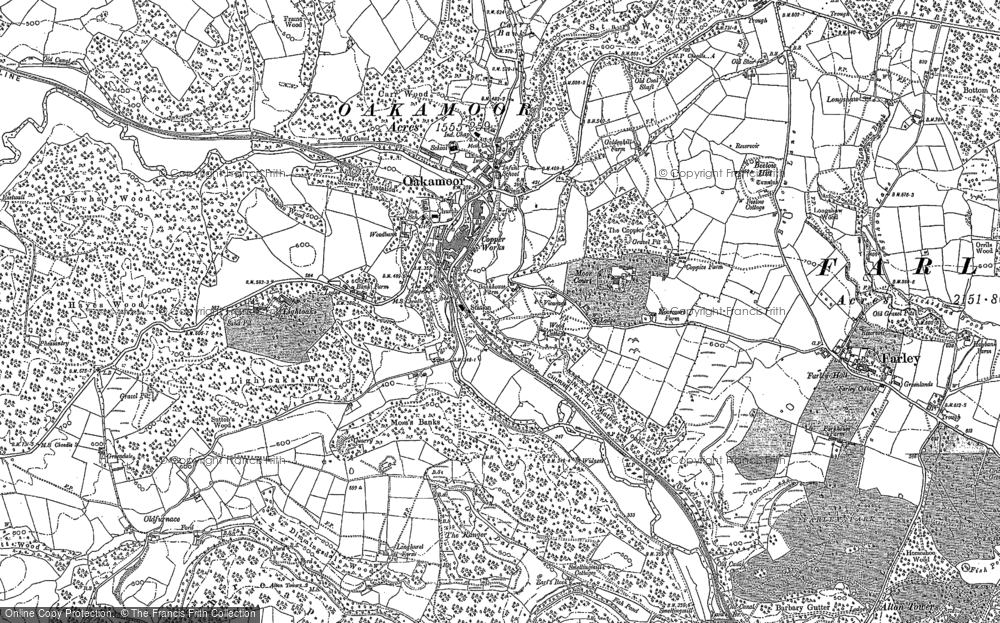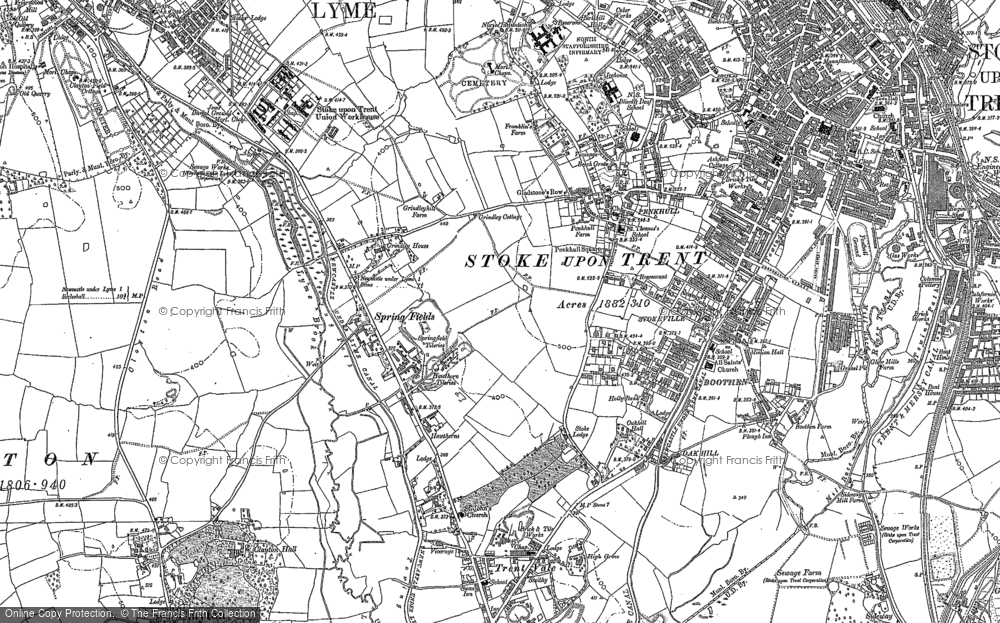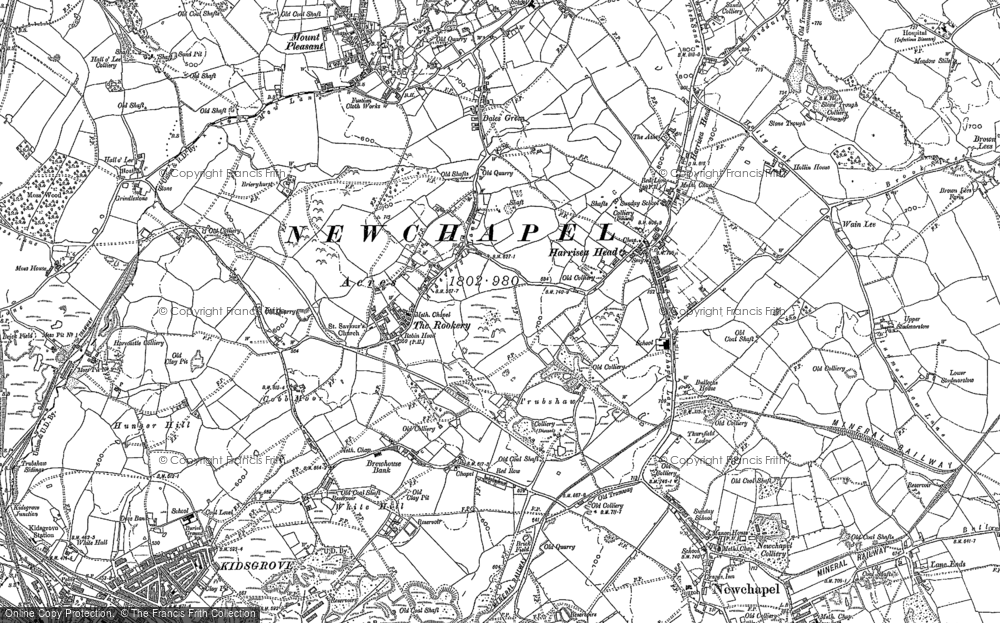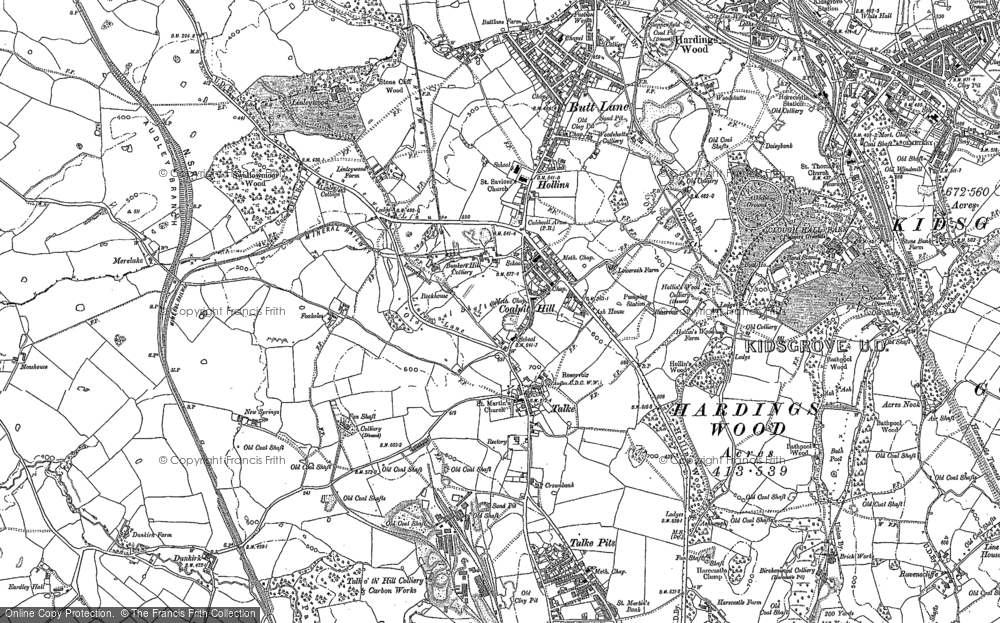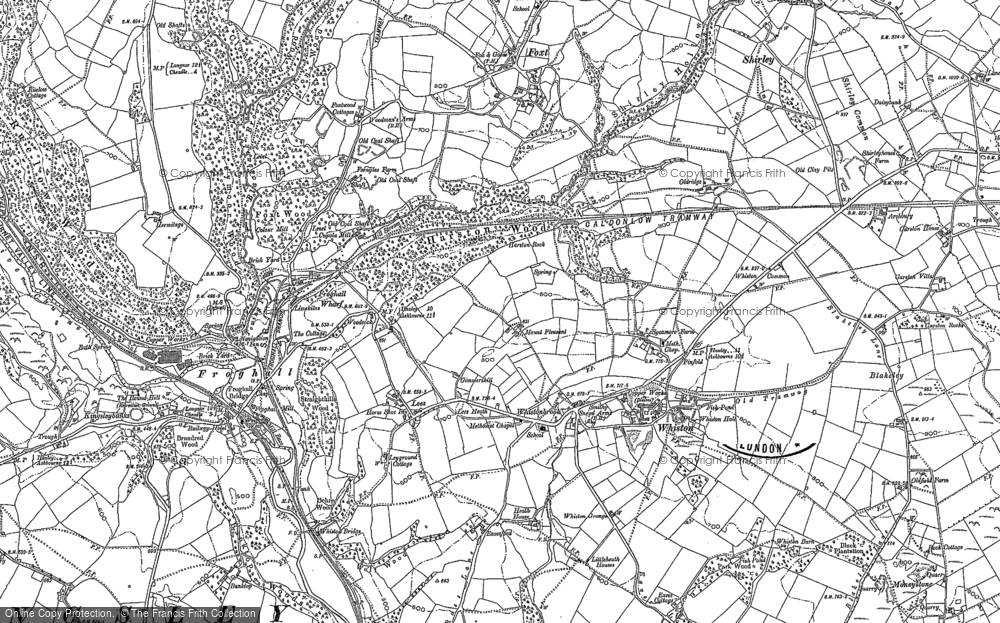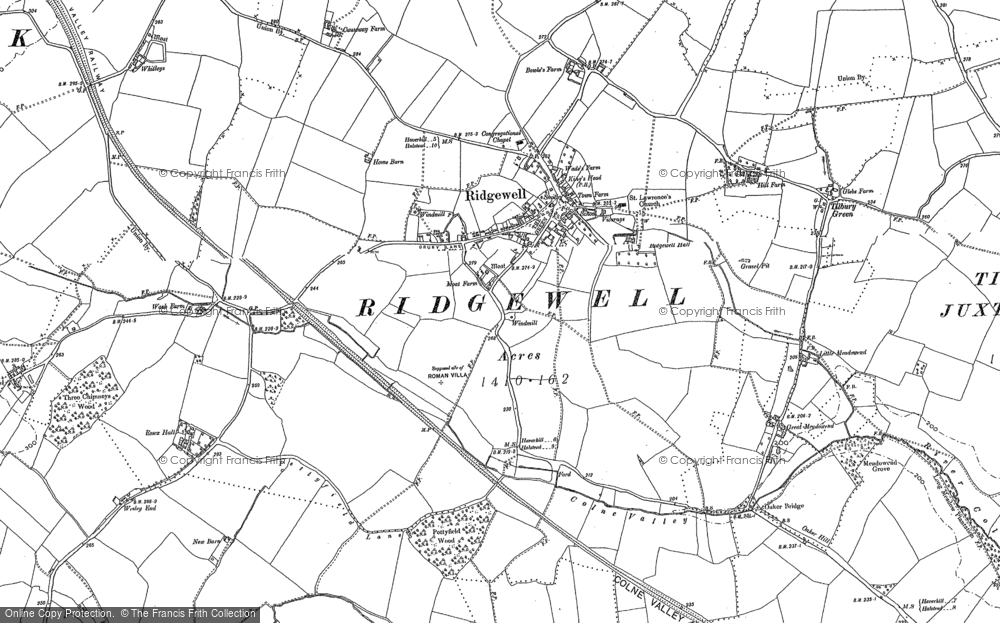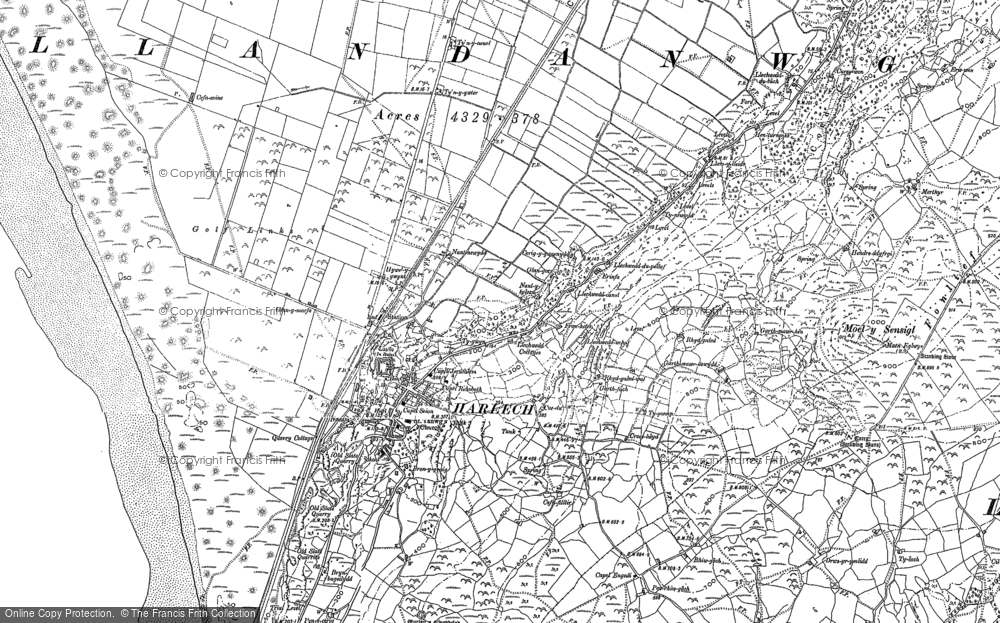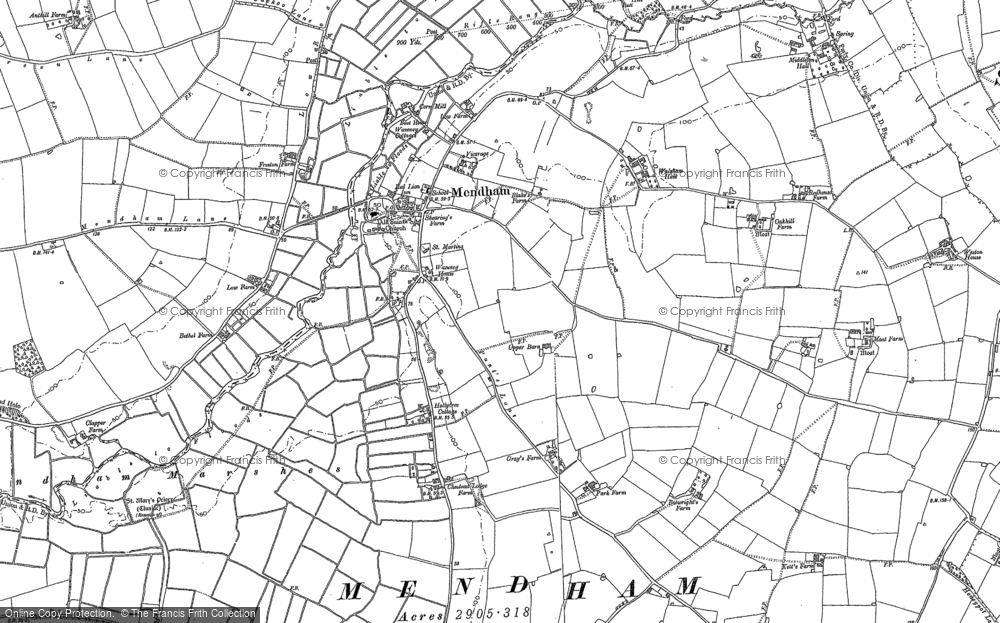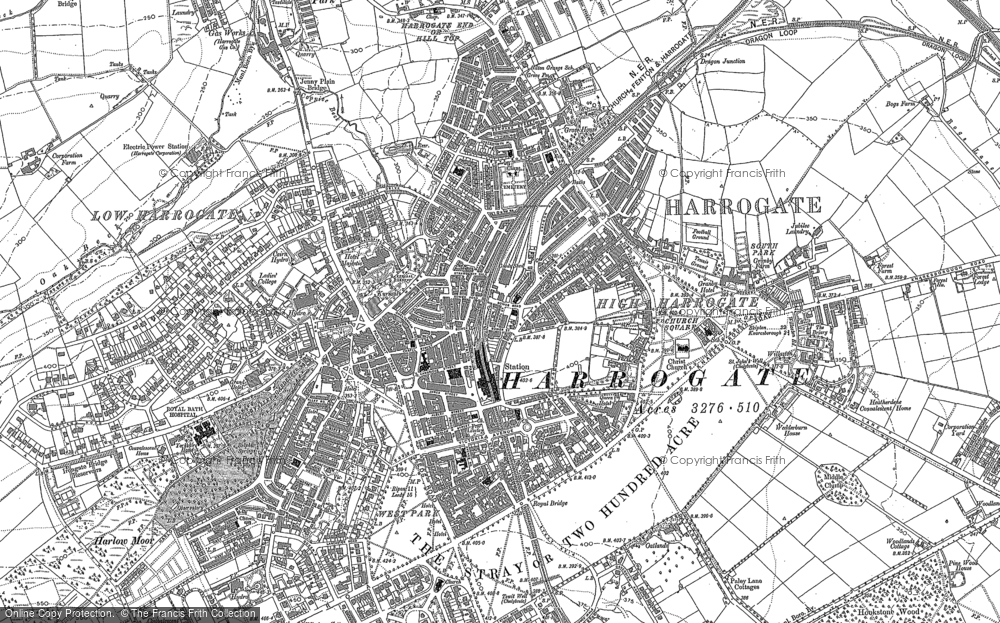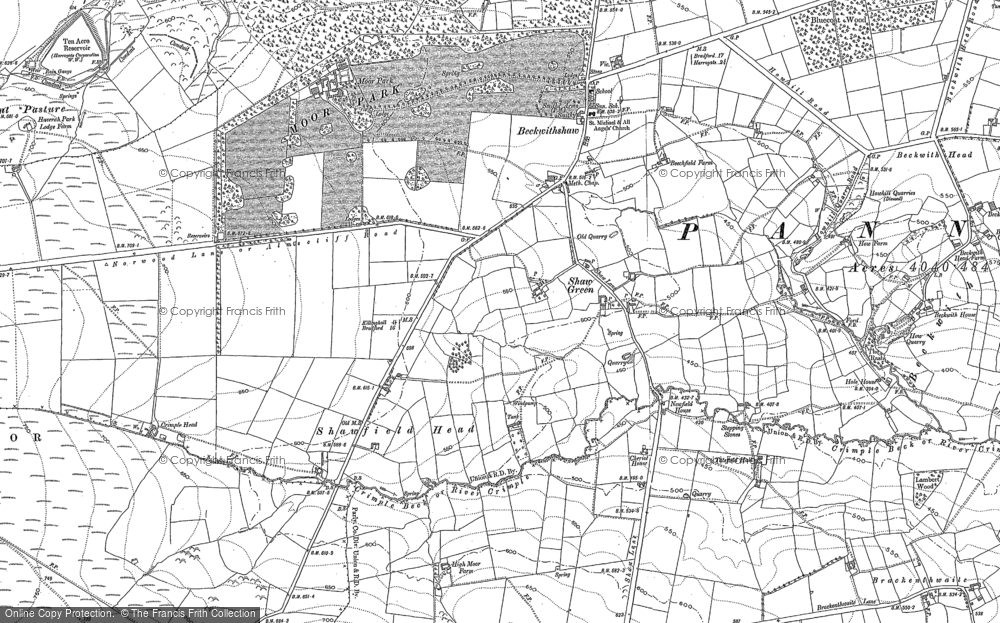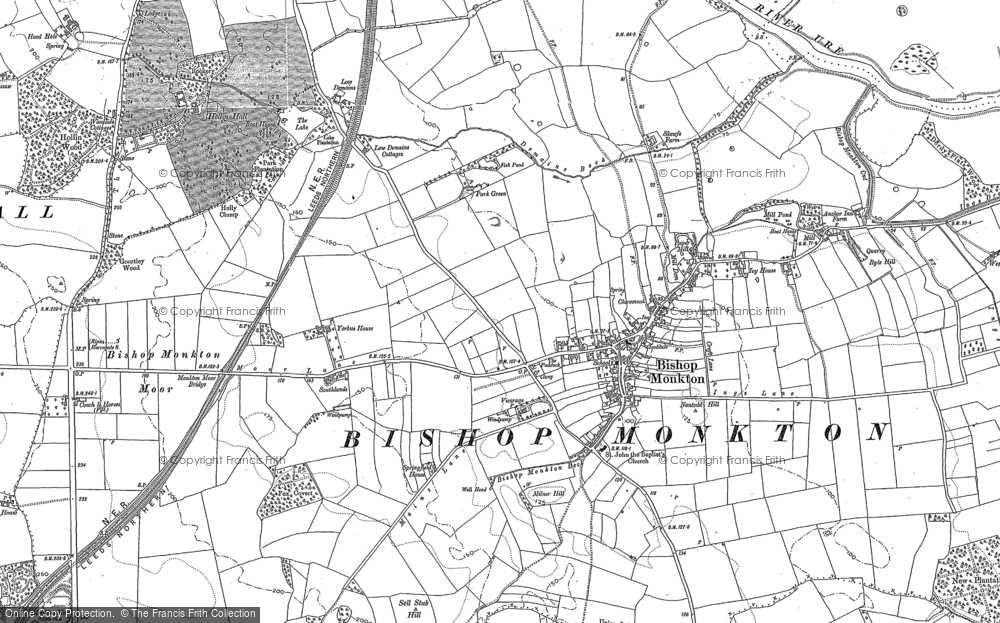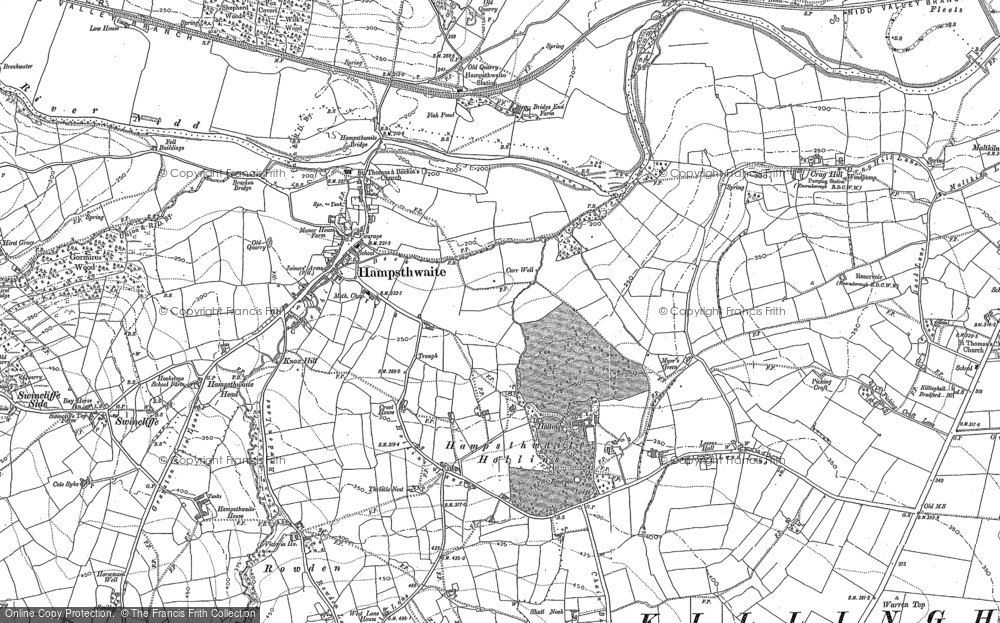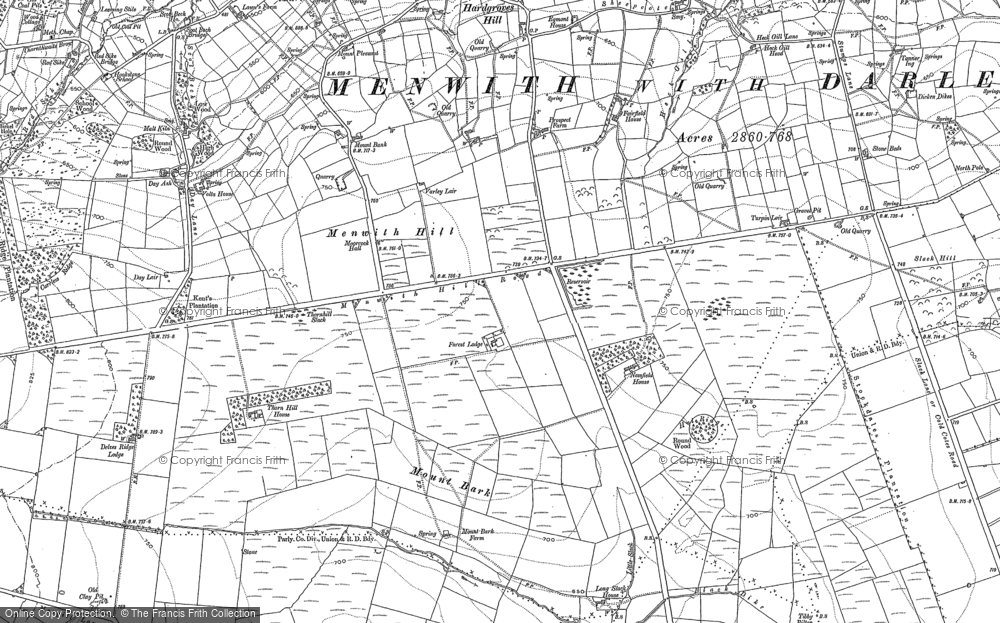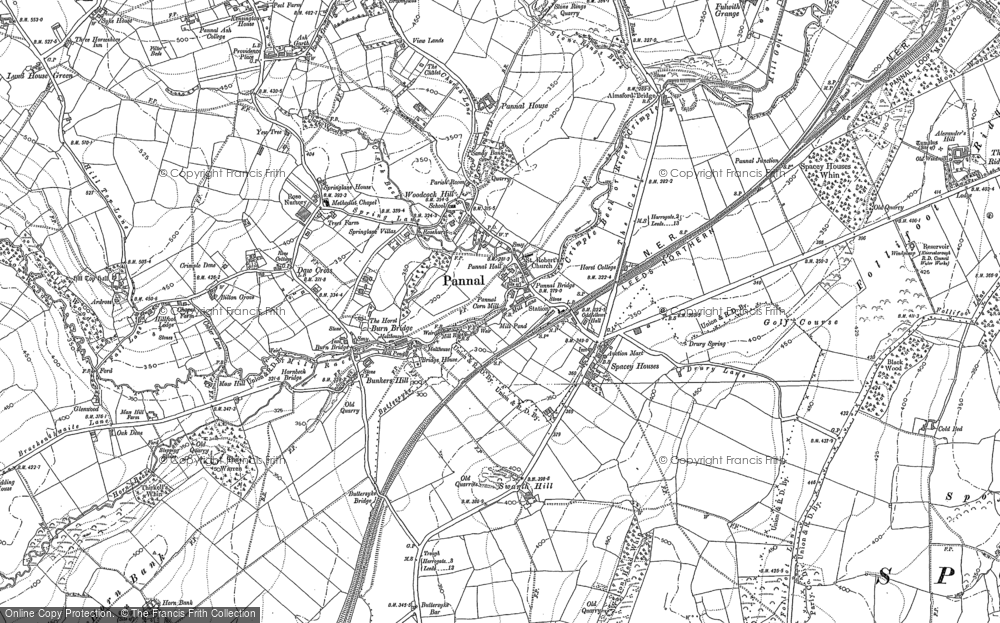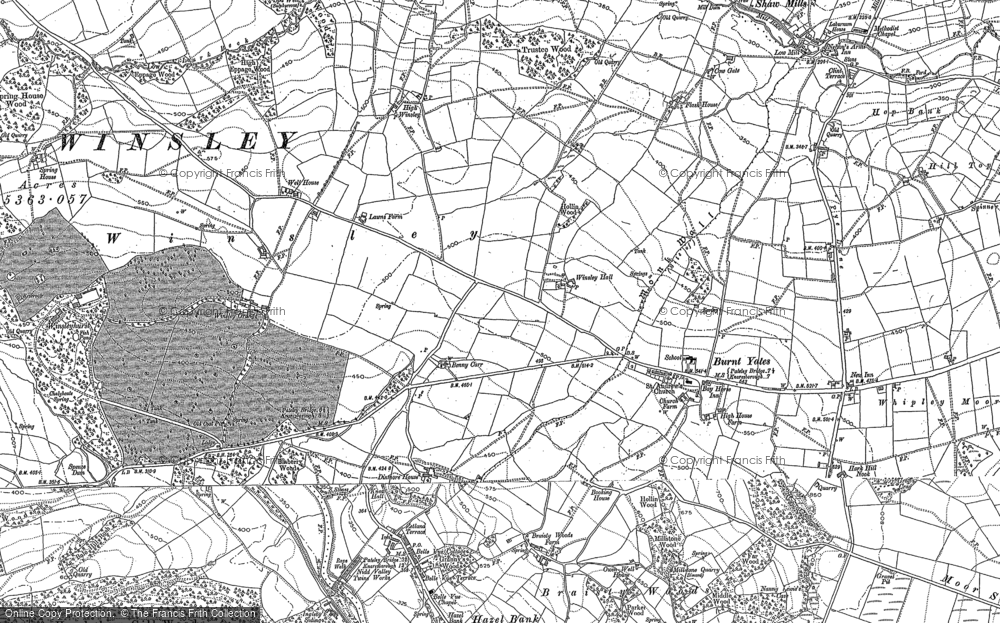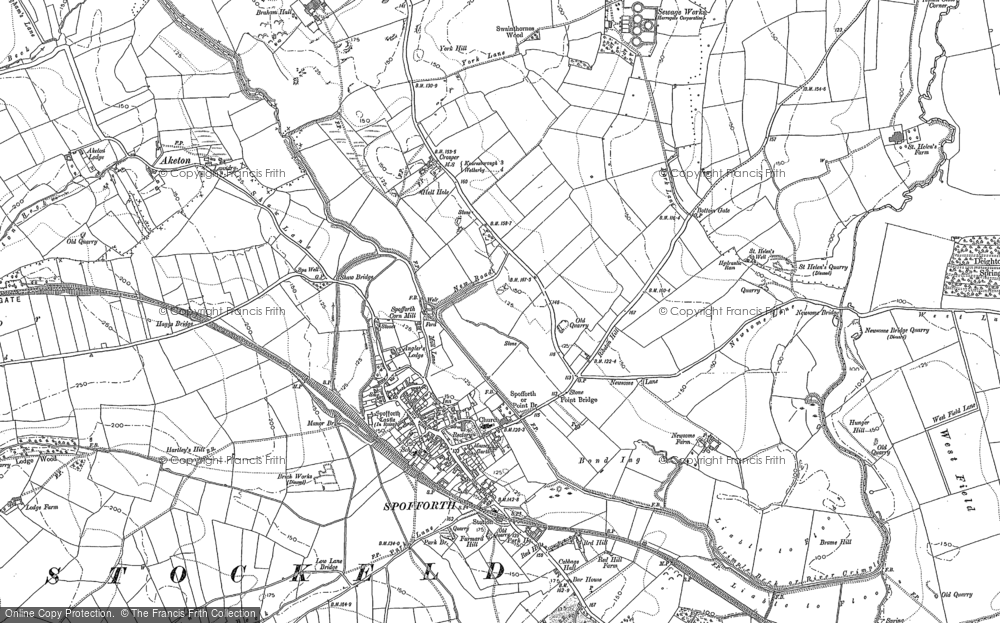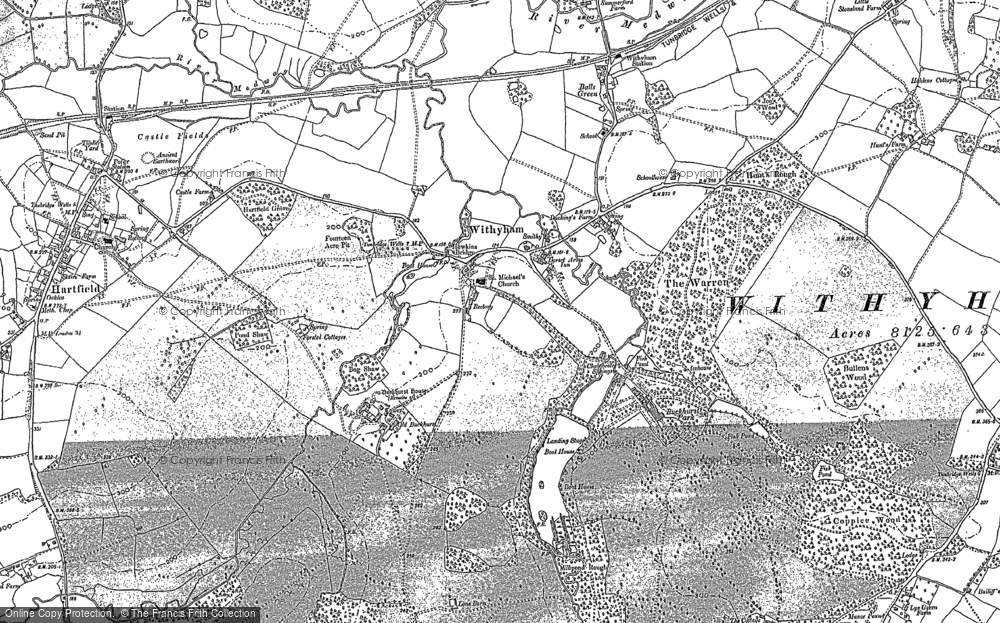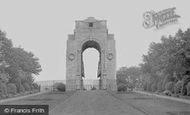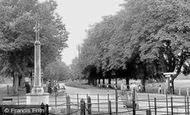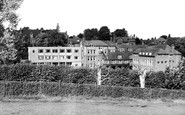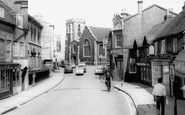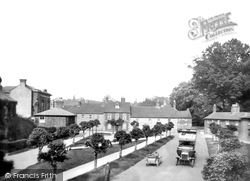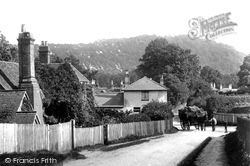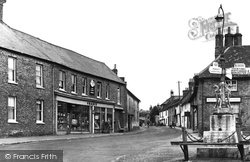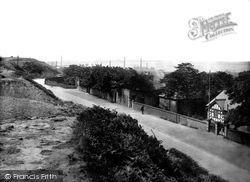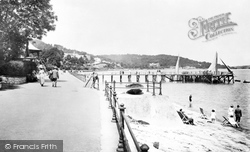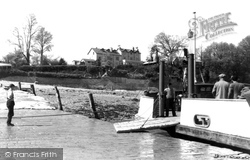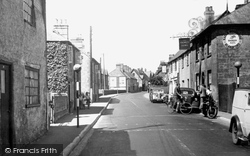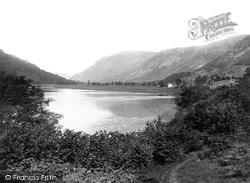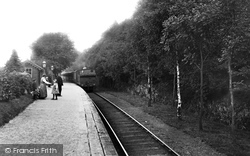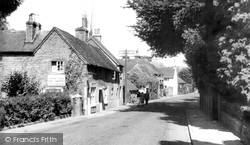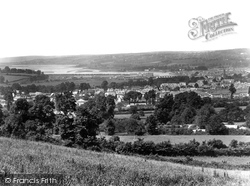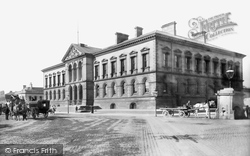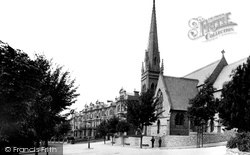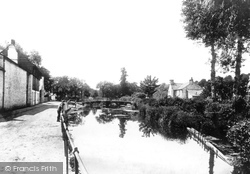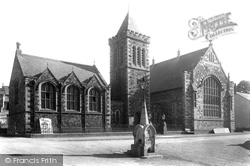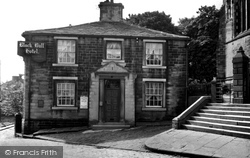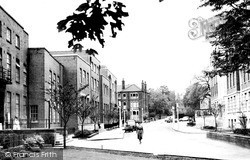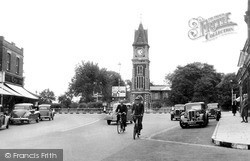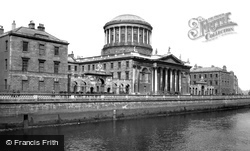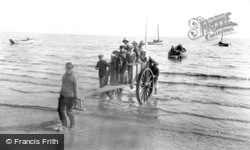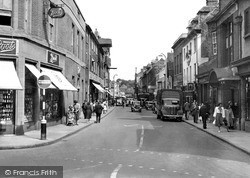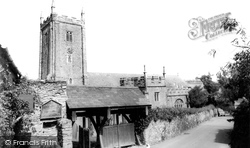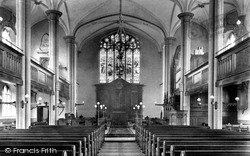Places
36 places found.
Those places high-lighted have photos. All locations may have maps, books and memories.
- Shanklin, Isle of Wight
- Ventnor, Isle of Wight
- Ryde, Isle of Wight
- Cowes, Isle of Wight
- Sandown, Isle of Wight
- Port of Ness, Western Isles
- London, Greater London
- Cambridge, Cambridgeshire
- Dublin, Republic of Ireland
- Killarney, Republic of Ireland
- Douglas, Isle of Man
- Plymouth, Devon
- Newport, Isle of Wight
- Southwold, Suffolk
- Bristol, Avon
- Lowestoft, Suffolk
- Cromer, Norfolk
- Edinburgh, Lothian
- Maldon, Essex
- Clacton-On-Sea, Essex
- Norwich, Norfolk
- Felixstowe, Suffolk
- Hitchin, Hertfordshire
- Stevenage, Hertfordshire
- Colchester, Essex
- Nottingham, Nottinghamshire
- Bedford, Bedfordshire
- Bury St Edmunds, Suffolk
- Aldeburgh, Suffolk
- St Albans, Hertfordshire
- Hunstanton, Norfolk
- Chelmsford, Essex
- Bishop's Stortford, Hertfordshire
- Peterborough, Cambridgeshire
- Brentwood, Essex
- Glengarriff, Republic of Ireland
Photos
11,144 photos found. Showing results 19,201 to 11,144.
Maps
181,031 maps found.
Books
442 books found. Showing results 23,041 to 23,064.
Memories
29,045 memories found. Showing results 9,601 to 9,610.
Early Years
In truth, I do not remember anything before 1948 when at the age of five I started at Moorside Primary School. I was born in 1943 and brought up in a small rented house, number 26 in King Street, situated between Faifield Road and ...Read more
A memory of Droylsden in 1943 by
Growing Up In Sir Oswald Stoll Mansions
I was brought up in Sir Oswald Stoll Mansions where disabled soldiers were sent to live; there was a clinic there for their wounds to be dressed. We were the Maxwell family. There was a group of children we ...Read more
A memory of Fulham in 1953 by
Bressingham And Smith Family
My great grandfather was born at Bressingham, a Thomas Smith, he had his own farm on Bressingham Common Road. He used to look after the workhouse land and owned land in Bressingham. I have visited Bressingham ...Read more
A memory of Bressingham in 1860 by
Nine Elms Lane
I was born at 15 Currie Street in a modern prefab which had electric lights when most other houses still only had gas. We had an inside toilet and bathroom luxuries that others could only dream of then. At one end of Currie Street ...Read more
A memory of Battersea in 1957 by
Foster Family Research
I'm doing my family tree researching the Foster family who lived in Billy Row, Crook in the 1911 census. My mam' s great grandad, Henry Foster, headed the family with his wife Mary Ann. Their children included Robert E ...Read more
A memory of Billy Row
Stone Flags
I remember living in a terraced Street close to 'Vikky Park' as a child. We used to visit the war memorial after standing in the freezing cold watching my Dad play football... sometimes you couldn't even see the game for the fog. I ...Read more
A memory of Leicester in 1966 by
Ellor Street
I lived on Ellor Street for the first 16 years of my life. I went to John Street School followed by Pendleton High School for Girls. I clearly remember the Salford Hippodrome at the end of the street and frequent visits there to see ...Read more
A memory of Salford
Queen Mum Opens New Dining Wing
I remember being in the Beeches Prep School at the time. Anybody else remember the staff I wonder? Miss Lambert in Kindergarten and Transition, Miss Cutler - Form 1, Miss Reid - Lower 2 and Mrs Cotton in Middle ...Read more
A memory of Berkhamsted in 1960 by
Suiters And Uxbridge In General
Gosh, how the years roll! I used to go to Uxbridge shopping with my Mum in the late 1940's, we used the 455 bus from Denham. I can remember precious tin toys from the Market House. And, yes, when the cash was ...Read more
A memory of Uxbridge in 1940 by
Your search returned a large number of results. Please try to refine your search further.
Captions
29,395 captions found. Showing results 23,041 to 23,064.
Wilton, once the capital of Wessex, was the most important town in early medieval Wiltshire. This is Kingsbury Square, on the A30, with St Edith's church on the left.
Here the River Mole cuts into the steep slope of Box Hill near the Burford Bridge Hotel. Lord Nelson spent some time here in 1801, and noted in his diary what a pretty place it was.
It offers a view of George Street running off to the south. The shop 'Chance' has gone and is now a private house. Outside stands a bus stop.
Traditionally the main industries of the area were connected with timber, shipbuilding and tanneries, although in the 20th century chemical industries became more important.
The cabin at the top of Clare House pier still occupies its site; however, it was demolished when the promenade was constructed.
It is interesting to see the ferry much farther down the pier, indicating the high tidal rise and fall of the river.
Shaftesbury had, and still has, though not to the same extent, a large number of ancient inns, catering as it did for travellers on the London Road.
Gatesgarth is a place name which comes from Old Norse language, as do many in the higher hills of the Lake District. It means 'the pass where the goats go'.
A steam train pulls into Newby Bridge Station, at the southern end of Windermere.
Bramber is located at the foot of a Norman castle guarding the tidal River Adur. The castle was stormed and wrecked by the Parliamentarians in the Civil War, in 1641.
An overview of Barnstaple taken from the Mount Sandford area. The lush fields are clear to see, as is the bridge, Raleigh Cabinet Works, and the estuary.
This is the elevation to Donegall Quay, with the entrance for the masters of ocean-going ships coming to report their arrival with goods which had to pay duty.
It was the centrepiece of the “Cliftonville” area around Shrubbery and Atlantic Roads.
The building on the left, now demolished and replaced by St Thomas's Church Hall, was a cottage for the tannery workers.
The Guildhall (left) with its tower was built in 1881, and the Town Hall (right) was added in 1887 in commemoration of Queen Victoria's golden jubilee.
Her funeral was to be long-remembered as the last great suffragette rally, a pageant in which thousands of women in white paid their last respects to the heroine who died for their right to vote
Members of the Bronte family are certain to have imbibed here, and the 17th-century hotel traded heavily on this association. The church to the right is St Michael's.
In the words of Edward Baines Leeds was 'a slower town and our neighbourhood is quieter'.
The clock tower at the northern end of the High Street was built to commemorate Queen Victoria's Golden Jubilee in 1887.
A famous Dublin landmark, Cooley and Gandon's magnificent Four Courts, built in 1785 and gutted by fire in the Civil War of 1922. Restored, it opened again for business in October 1931.
Over at Blackpool, they used long mobile gangways at low tide and horse-drawn boat carts the rest of the time.
The Wheatsheaf Public House on the right is now a jewellers shop, and Matthews, the Gillingham brewery, closed down soon after this picture was taken.
Well, in the case of St George's it has been calculated that 18,000 bodies have been interred here since 1180. The nave and chancel were rebuilt in 1328-33 and the tower is older.
The 1820 interior has some features from the earlier building, including central panels on the reredos given in 1736 and the organ, which dates from 1799.
Places (6814)
Photos (11144)
Memories (29045)
Books (442)
Maps (181031)


